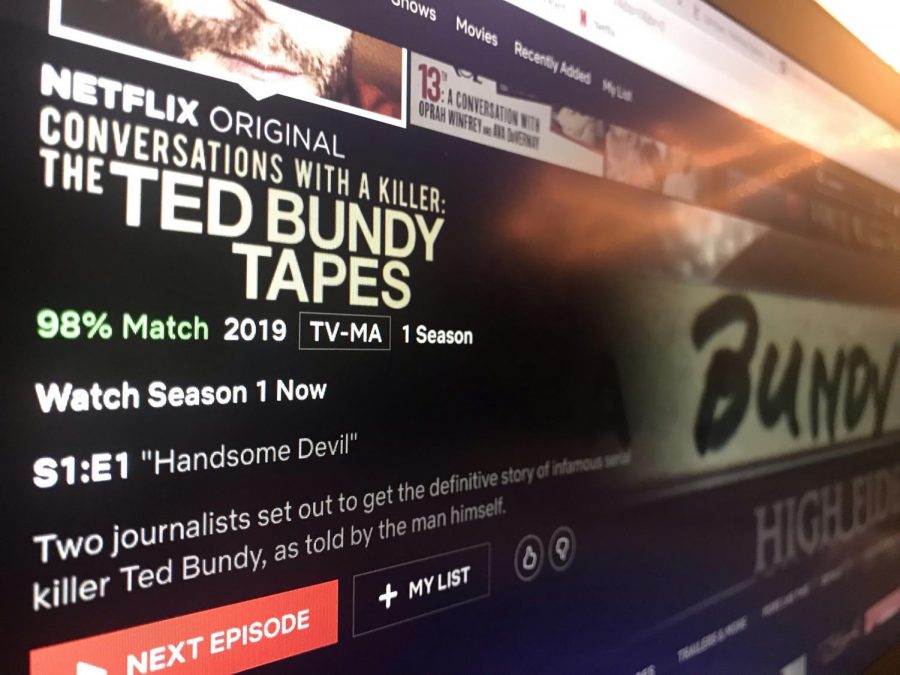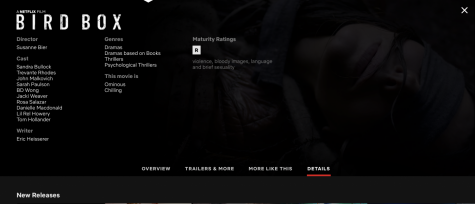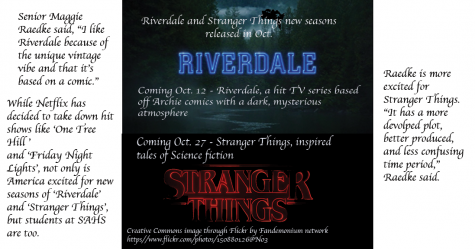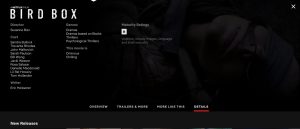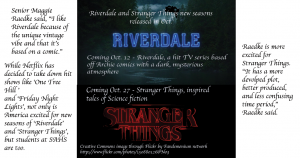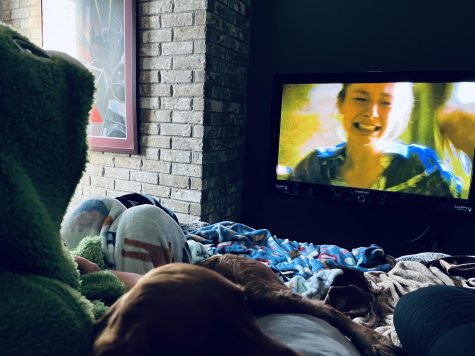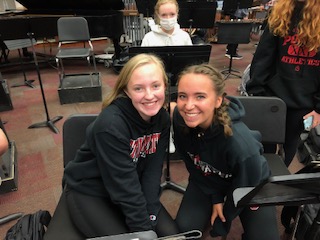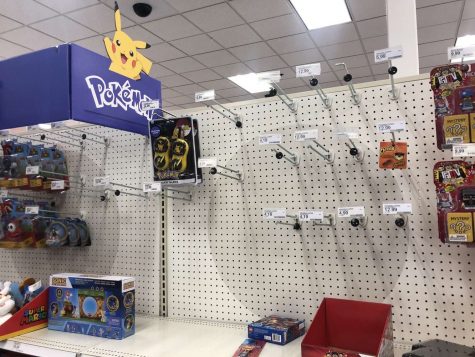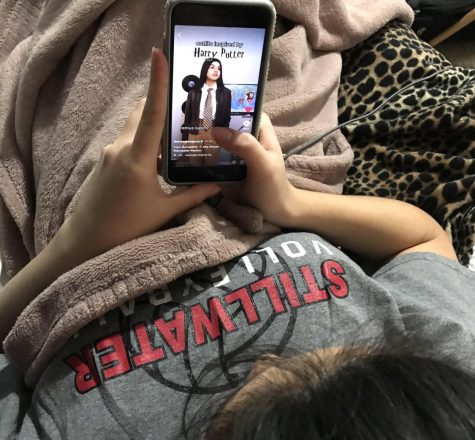‘Conversations with a Killer: the Ted Bundy Tapes’ excites true crime fans
“As told by the man himself” is the hook of the popular Netflix docuseries.
“Maybe don’t watch it alone,” warned Netflix to its viewers. Netflix released “Conversations with a Killer: The Ted Bundy Tapes” on Jan. 24. The series depicts the victims, conviction and execution of infamous serial killer Ted Bundy-based on his own words.
The docuseries began streaming 30 years to the day when Bundy was executed. Since its release, the series has been popular around the United States.
The docuseries is not so much conversations or interviews, but more so tapes. It has a fresh retelling of Bundy’s story via his own voice and perspectives. The tapes begin with Bundy talking about his childhood. He describes his upbringing as normal and that he was “one of the boys.”
“I just saw the advertisement on Netflix, like the recently added section. It was the snow days so I was like, I like serial killer documentaries, that sounds cool,” senior Mia Pariseau said.
Moving into the third person, Bundy “imagines” a man who kills in the hope of fulfilling “an appetite”. A tragedy (for others) of Bundy’s life is that he was never as smart as he wanted to be, and never destined for as much greatness as he wanted.
“I thought it was interesting how when he spoke about the murders, he only talked in third person,” Pariseau added.
This series is unique in the way that for the most part, it is for the most part, retold by the perpetrator himself. Unlike some of Netflix’s best true-crime TV series – such as Making a Murderer and The Keepers, or last year’s The Innocent Man – there are no plot twists. The tapes themselves are it, and that is just the murderer himself revealing his inner thought processes, which are about as profound and intense as his motives.
“There’s too much else on the service, all of it defined not by sensibility but by availability; the absence of a curatorial hand means that no artistic failure can really stick, as long as viewers at home like it,” said film critic Daniel D’Addario, writing for the Chicago Tribune.
“It was a really disturbing show, but also entertaining,” junior Maddie Heinz said. “The series surfaces tapes not previously heard by the public, a sample of some 100 hours of interviews conducted by two journalists working together on a book,” D’Addario said.
There’s too much else on the service, all of it defined not by sensibility but by availability; the absence of a curatorial hand means that no artistic failure can really stick, as long as viewers at home like it.
— Daniel D'Addario
The docuseries comes full circle with clips of interviews with the victims’ families. The footage of grieving family and friends is at times, hard to watch, but Netflix did well maintaining respect for the victims and their families, and backs up facts with quotes from people directly impacted by the crimes. What makes this series different is the fact that viewers get to listen to the voice of a late, infamous serial killer talking about his own crimes.
“I would definitely recommend the series to someone who’s fascinated with serial killers. I thought it was super interesting how someone who had a nice upbringing could turn out like that,” Pariseau said. “The show is not for everyone and I had a tough time watching a lot of it, but it was really good and really well done. I think if I knew someone who was a fan of true crime I’d recommend it,” Heinz said.
This series will appeal to fans of true crime, criminal psychology, or the justice system itself.

My name is Kyra and I'm a layout editor for the editorial section. I'm a junior this year and I enjoy orchestra, musical theatre and true crime documentaries....


